Transnistria, a tiny internationally unrecognised enclave on Moldova’s eastern border with Ukraine, has again become a source of tension between the Western bloc and Russia.
Last week, thousands of protesters, backed by the Eurosceptic and Russophile Shor Party and organised by the Movement for the People, marched in the Moldovan capital, Chisinau, to demonstrate against the pro-Western government.
Known as a self-proclaimed breakaway region, Transnistria has an active and effective pro-Moscow political network.
The protesters last week rattled the fragile Moldovan government with the demand for easing living costs.
Some of the protesters called for Moldova’s President Maia Sandu to follow in the footsteps of former Prime Minister Natalia Gavrilita and step down.
The protests were held after Ukraine’s President Volodymyr Zelenskyy warned last month of intercepting a Russian plot to destabilise an already volatile situation in Moldova. Additionally, President Sandu has also deployed harsh rhetoric, accusing Russia of using “saboteurs” disguised as civilians to disrupt the country’s political stability.
How did we get here?
Tensions have heightened in the region after the Russian Defence Ministry recently accused Ukraine of planning an “armed provocation” against the breakaway region “in the near future.”
The Russian Foreign Ministry has also warned the US, NATO, and Ukraine against taking “reckless steps” in Transnistria and accused Ukraine of deploying troops there.
Neighbouring Romania, a NATO member, accused the Kremlin of firing a missile at Ukraine on February 10 using Moldovan airspace. The Romanian Defence Ministry said the projectile landed 35 kilometers away from the Romanian border. In response, Bucharest scrambled two fighter jets under NATO command on an exercise.
NATO considers an attack on any of its members as an attack on the entire bloc, and this may lead to a military response.
However, Vadim Krasnoselsky, the self-styled president of the breakaway region has stated that there is “no real danger” despite the claims. The press service of Krasnoselsky also stated that if there was any real danger, the president would personally and immediately inform the citizens, and it is essential not to succumb to panic.
Belarusian President Alexander Lukashenko, a main backer of Russian President Vladimir Putin’s cause in Ukraine, rejected the prospect of Kiev starting “some kind of second front” in the region.
But the Kremlin insists that external forces are meddling in the region and escalating tensions.
What makes Transnistria so important?
Located in the Moldova’s border line to Ukraine, the unrecognised territory of Transnistria provides access to Russia from the annexed Crimean Peninsula in the Black Sea.
A majority of the Transnistrian parliamentarians have called for the enclave to unify with Russia after Moscow annexed the Crimean peninsula in 2014.
Russia put up a major show of strength in the region last year by holding military drills. Several pro-Russian media outlets report that Moscow has deployed around 1,000 Russian forces, who are stationed in Transnistria’s Cobasna village protecting an armed depot filled with about 22,000 tons of ammunition, which is considered the largest in Eastern Europe.
Following reciprocal sanctions between European nations and Russia, the Kremlin reduced its energy supplies to Moldova, as well as other nations. This led Chisinau to reroute all the gas it received from Moscow – 5.7mn cubic metres per day – to Transnistria.
Transnistria has a population of 470,000 inhabitants, most of whom are ethnically Russian. The others are of Moldovan and Ukrainian descent.
The European Union has signed an Association Agreement, including a Deep and Comprehensive Free Trade Area (DCFTA), in order to deepen economic ties and prevent a breakaway within Moldova.
NATO and Moldova are cooperating on various global issues, with Chisinau contributing to the bloc’s operations around Europe. The main purpose of this cooperation is NATO’s support for the country’s reformation and modernisation of its defence security structures and institutions.
Can Transnistria become another battleground?
A possible Russian takeover of Transnistria would shut Kiev’s window to the maritime world and cut off Ukraine from the Black Sea coast.
Although Russia launched its Ukraine offensive on February 24, 2022 with tall claims of toppling Zelensky within no time, Moscow has fallen short of its announced objectives since the beginning of the conflict.
On the other hand, Western nations are suspected of pouring more heavy weapons into Moldova to fight against separatists, which could lead to a wide-ranging conflict.

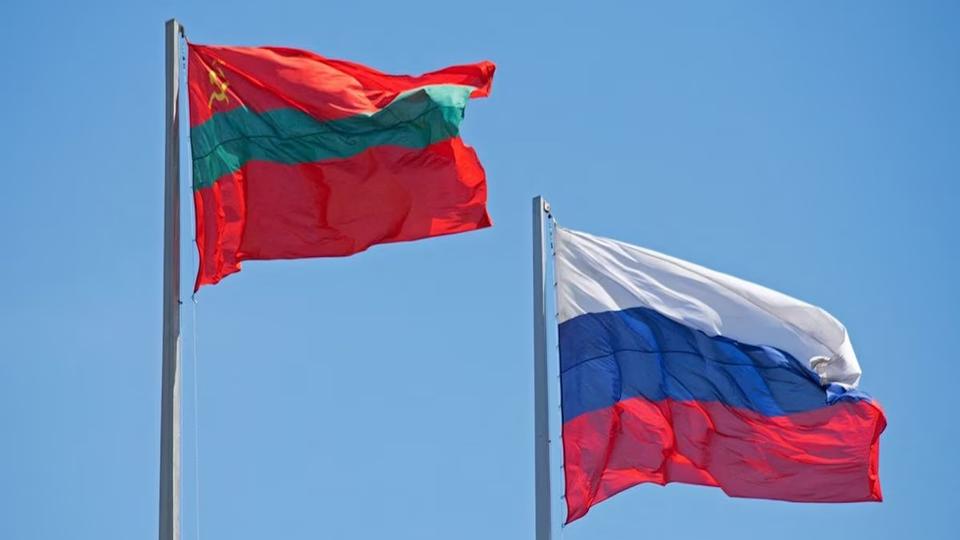




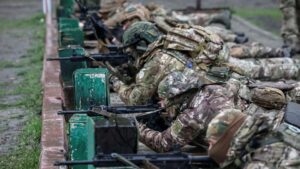


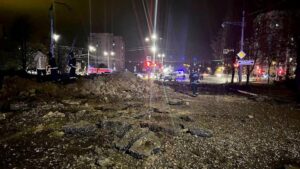


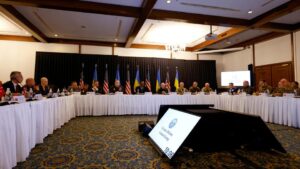

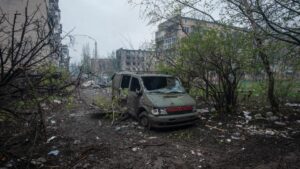

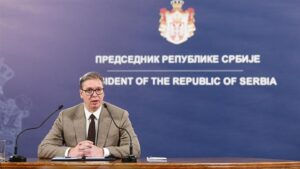

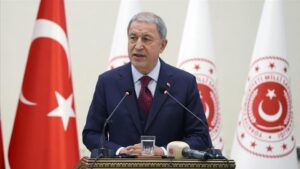
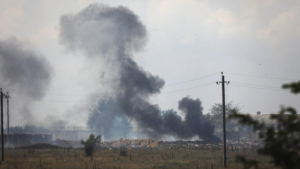
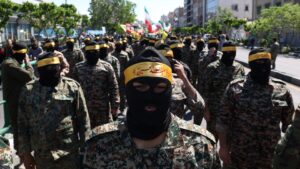

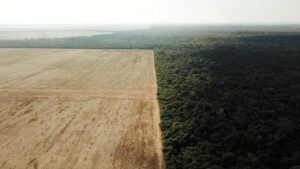
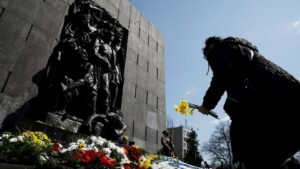
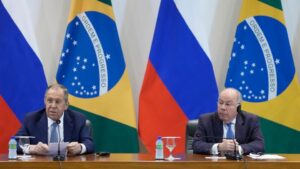

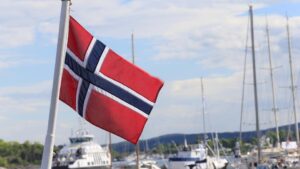

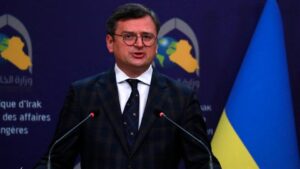

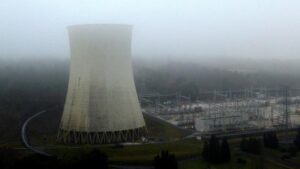
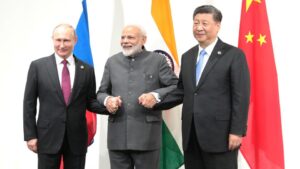



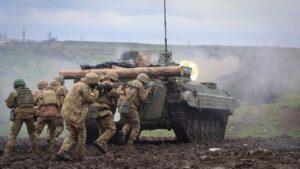

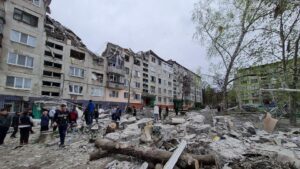
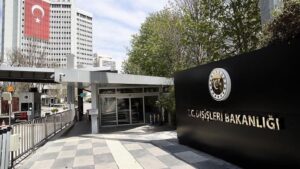



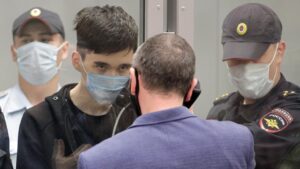
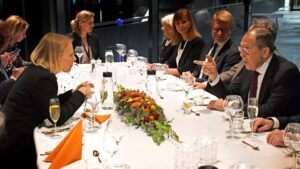
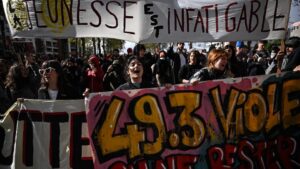
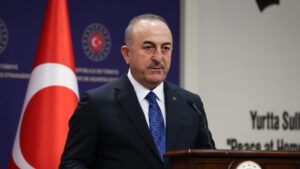
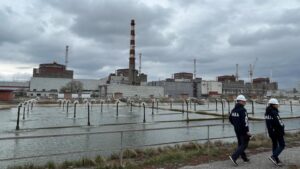
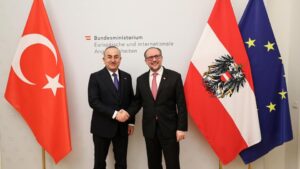
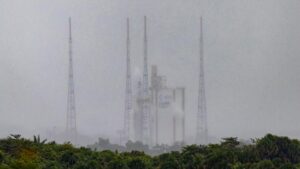

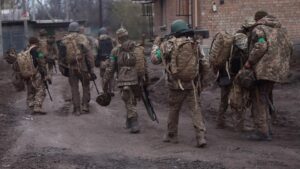
Be First to Comment